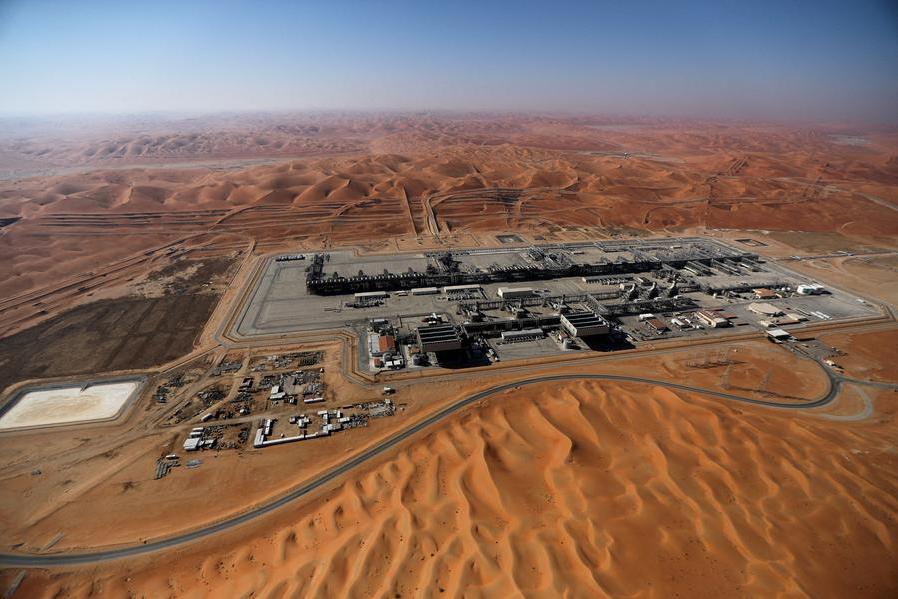GE Vernova Completes FEED Studies for CO2 Emissions Reduction in Saudi Aramco's Power Plants
Key Ideas
- GE Vernova completed Front End Engineering Design studies for CO2 emissions reduction at Saudi Aramco's cogeneration power plants in Hawiyah, Abqaiq, and Ras Tanura.
- The assessment included hydrogen-readiness evaluations and options for carbon capture, utilisation, and sequestration at the three plants.
- They explored the feasibility of operating the plants on a natural gas blend with up to 32% hydrogen and retrofitting carbon capture systems.
- ASHOMCo, the operator of the plants, is a joint venture owned by Marubeni Corporation, JGC Corporation, and Al Jomaih Holding Company.
GE Vernova announced the completion of Front End Engineering Design (FEED) studies for CO2 emissions reduction at Saudi Aramco's cogeneration power plants in Hawiyah, Abqaiq, and Ras Tanura. These plants collectively produce 920 megawatts of power and 1,400 tonnes per hour of steam to support Aramco's processing operations. The assessment by GE Vernova focused on pre-combustion and post-combustion technologies, evaluating the plants' hydrogen-readiness and options for carbon capture, utilisation, and sequestration (CCUS). They also explored the possibility of operating the plants on a natural gas blend with hydrogen making up to 32% of the fuel mix by volume, as well as the feasibility of retrofitting carbon capture systems. ASHOMCo, the operator of the power plants, is a joint venture owned by Marubeni Corporation (51%), JGC Corporation (29%), and Al Jomaih Holding Company (20%). This initiative demonstrates a positive step towards reducing CO2 emissions and exploring hydrogen integration in power generation within the Middle East region.
